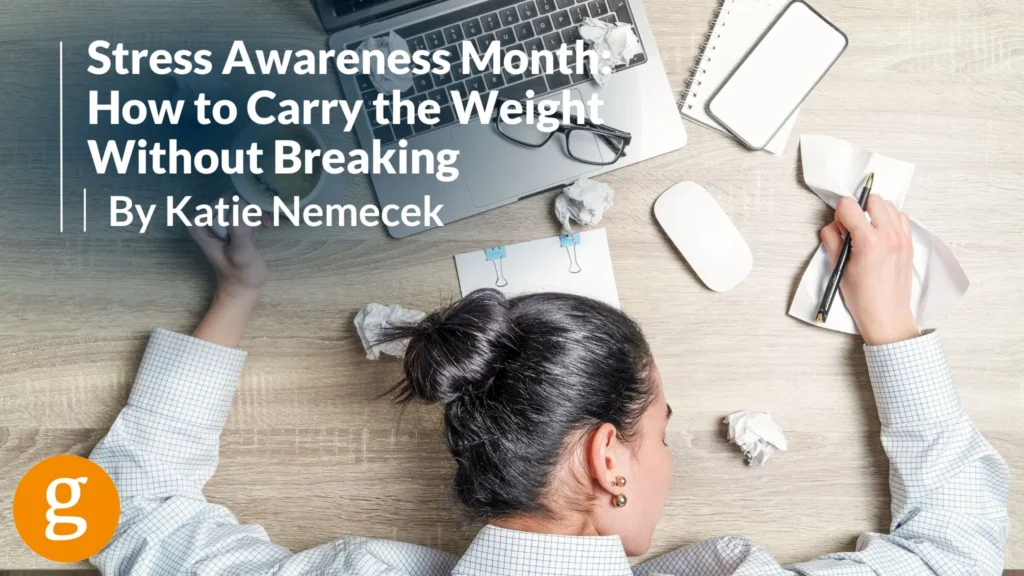Use Evolutions in Education to Help Your Team Succeed
Rachel Brown, DBA, MAED | Diversity & Inclusion, Leadership, Opinion | January 22, 2024

This Wednesday, January 24, is International Day of Education. In 2018, the United Nations General Assembly proclaimed this annual date a time for the world to celebrate education and reflect on the importance of learning for development and peace.
In this blog, you’ll discover how our education system in the United States evolved and how you can use its demonstrated concepts in the business world. Adopting these proven methodologies can create a more productive ecosystem and learning environment that increases professional development and helps your team members and organization succeed. It’s a win-win for your business, your employees, and the customers you serve.
A brief history of education in the United States
Horace Mann (1796 – 1859), the son of a poor farmer, grew up to become the American education reformer known as “the father of American Education.” It was his vision to advance and differentiate instruction by working for more and better equipped schoolhouses, extended school years (until 16 years of age), higher pay for teachers, and a wider curriculum. He also spearheaded the Common School Movement, which ensured every child could receive a basic education funded by local taxes.
These were Mann’s six main principles of basic education in support of better learning opportunities:
- The public should no longer remain ignorant.
- Education should be paid for, controlled, and sustained by an interested public.
- Education will be best provided in schools that embrace children from a variety of backgrounds.
- Education must be nonsectarian.
- Education must be taught by the spirit, methods, and discipline of a free society.
- Education should be provided by well-trained, professional teachers.
In support of the sixth principle, Mann played a major role in seeing that colleges and other educational institutions of higher learning received endowments and were established to train future educators.
By 1910, Mann’s concept of differentiating instruction started to gain traction in schools by recognizing individuality, aptitudes, interests, and students’ prospective careers.
The benefits of equality in education
Groundbreaking research into integration, education, and funding, and multiple acts of Congress over nearly 60 years, have transformed equality in education in the United States. These developments include the Elementary and Secondary Education Act (ESEA) of 1965, Equality in Educational Opportunity (EEO) research published in 1966, the Equal Educational Opportunities Act (EEOA) of 1974, the No Child Left Behind (NCLB) Act of 2001, and most recently, the Every Student Succeeds Act (ESSA) of 2015, which reauthorized the 50-year-old ESEA’s commitment to equal opportunity for all students.
Despite increased focus on both equality and quality of education for American students, recent data collected across the United States showed a real-world drop in student test scores in some identified poverty groups (based on standard state tests, PSAT, SAT, and ACT).
However, when classroom instruction had clearly defined outcomes with measurable goals and objectives – and a collaborative culture among teachers who understood the hidden curriculum – students were able to be successful in their learning activities and performance, even those with varied backgrounds.
This is where the parallels between evolutions in education and business intersect!
From that vision, schools began initiatives to set aside days and times to allow teachers to reflect and collaborate. This movement of building professional learning communities (PLC) has become a widely recognized strategy for both school development and student achievement. These efforts helped to create solutions to the issues that existed in classrooms, and led to other programs birthed out of the need for support and collaboration:
- Response to Intervention (RTI) to support struggling students
- Social Emotional Learning (SEL) objectives implemented in the curriculum
- Common Language (school culture) to cultivate shared expectations and student behavior
- Innovative school scheduling (schools are slowly looking at schedules differently)
Specific to professional learning communities, there are a handful of cons, such as improper implementation, lack of access to the most current data, and teachers simply having a lack of time to set aside to collaborate.
Even so, there are many, many pros of PLCs. Here are the five main components, all of which are directly applicable within the business environment:
- Create shared norms and values so the team can focus on students.
- Build collaboration among staff.
- Improve interactions to fast-forward learning for all educators.
- Implement reflective dialogue, sharing of experiences, and best practices.
- Maintain a continual focus on improving learning outcomes for all students.
Turn your team into a professional learning community
In today’s business environment, just as in education, it is invaluable to give your employees and leaders inclusive, continuous learning opportunities to collaborate with each other. The five items listed above can easily be implemented on a business scale and allow your organization to stay ahead of the curve with new ideas, new technologies and methodologies, stronger relationships, new learning experiences, process sustainability, and higher levels of performance.
When we set aside regular days and times to learn and collaborate with each other, our opportunities for success are endless. As mentioned, success is realized in the business world through a more productive ecosystem – one that promotes higher engagement among team members, better problem-solving, increased skill sets (including soft skills!), expanded competencies, growth through mentorship and facilitators, talent retention, and cohesion among all team stakeholders.
If you’d like to explore ways you can use PLCs as learning strategies to help your employees succeed, or if you are a job seeker looking for a new opportunity in a positive, forward-thinking environment, reach out to me today. I am a DEI-certified senior talent recruiter at Goodwin Recruiting and look forward to connecting with you!
Share This Article






































